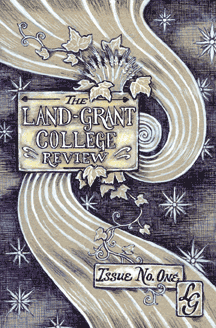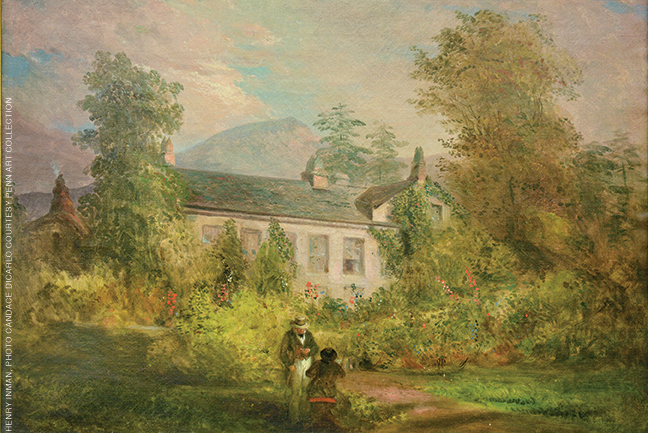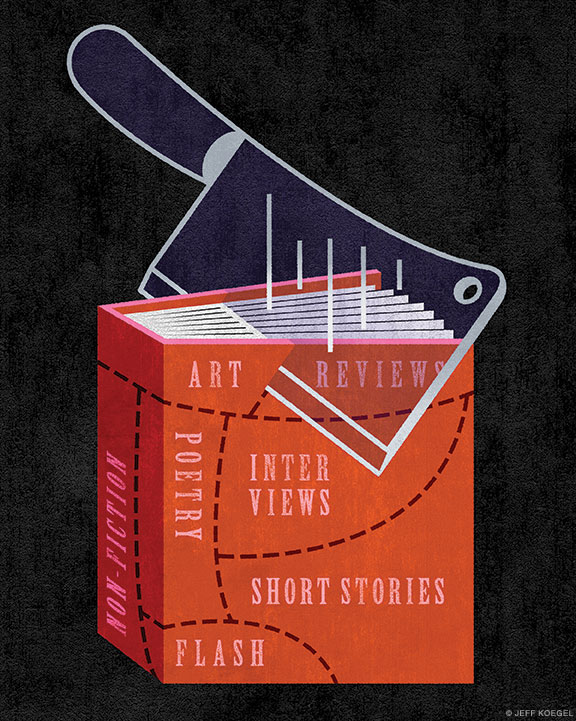
As co-founder of a new literary journal, Land-Grant College Review, Dave Koch C’98 has been paying his Web designer in cans of Moxie Root Beer. It’s a fitting salary for an undertaking that demands a large supply of moxie. “Tons of new journals come out all the time,” says Koch, who is completing an MFA in fiction writing at Washington University in St. Louis, “but the vast majority of them last only an issue or two.”
The journal, which debuted in May and focuses on prose fiction and non-fiction, takes its name from a jab at “university-funded magazines that have been around for a million years,” Koch says.
Despite its self-deprecating title, the journal’s first issue features stories by a slew of well-known writers, all of whom agreed to accept payment in copies of the magazine: Aimee Bender, Josip Novakovich, Robert Olmstead, Ron Carlson, Stephen Dixon, and Karen Rile C’80, a lecturer in English at Penn who taught Koch as an undergraduate. “These are great writers,” Koch says. “Some are at the height of the short-story writing game,” having been published in Harpers and The New Yorker.
Koch and his co-editor, Josh Melrod, have been gleaning submissions largely through their Web site (www.land-grantcollegereview.com) and by sending interns armed with business cards to readings in New York.
Featuring artwork based on Hatch Show Printers posters once used to announce vaudeville, circus, and minstrel shows in the 1930s, Land-Grant College Review is “designed to be more appealing both visually and storywise” than other journals on the market, says Koch. “The color printing sends our production costs skyrocketing,” he adds, “but it’s something a lot of other journals don’t do.”
Koch recalls the sleepless nights he and Melrod spent developing the idea for the journal well over a year ago, aiming then to have the first issue in print in just three short months. “We had no idea what we were getting into,” he laughs, adding that “at some point we decided that it was much more important to do this right than to just make it happen quickly.” Though the process has been long and arduous, especially in the area of fundraising, he says, “We never had any second thoughts.”
The first issue had a print run of 1,500 copies. Eventually, Koch and his handpicked staff of journal rookies hope to be publishing the magazine twice per year. “The most excitement is in getting the first issue back from the printer,” he says. “It’s one thing to say you’re publishing your own review, but to have the full-color product in your hand is another thing entirely.”
—Sarah Blackman C’03




